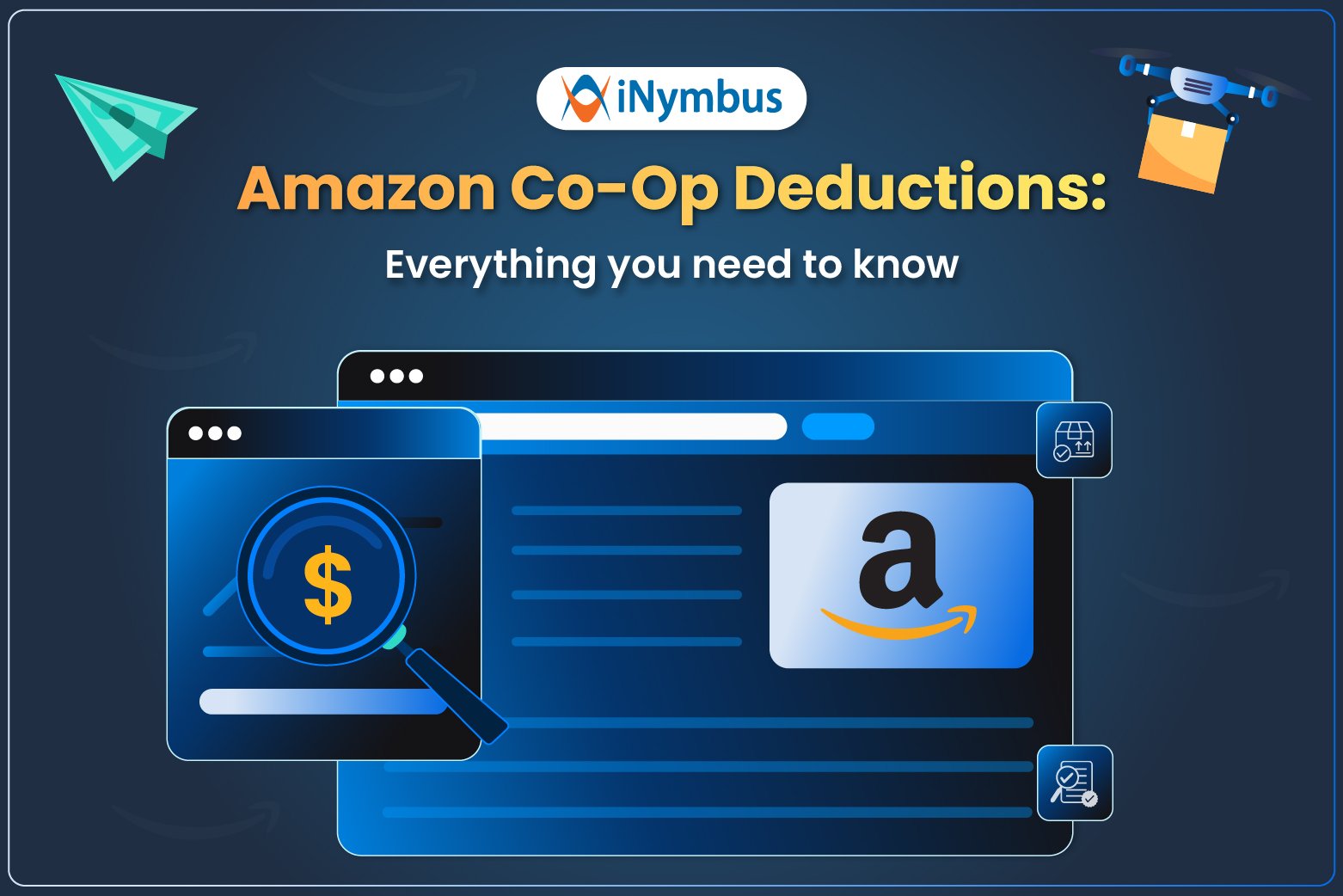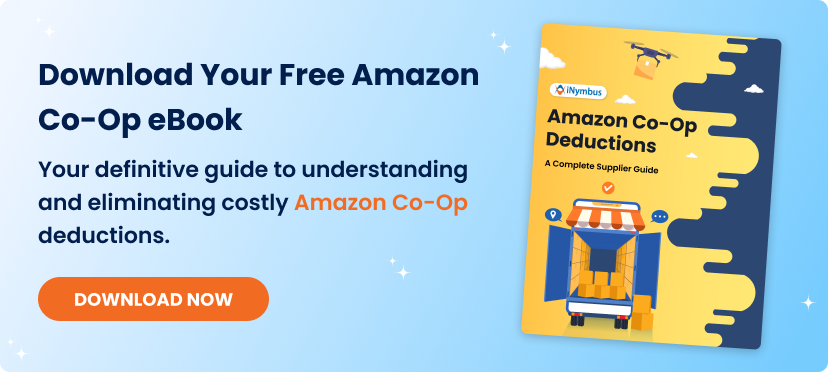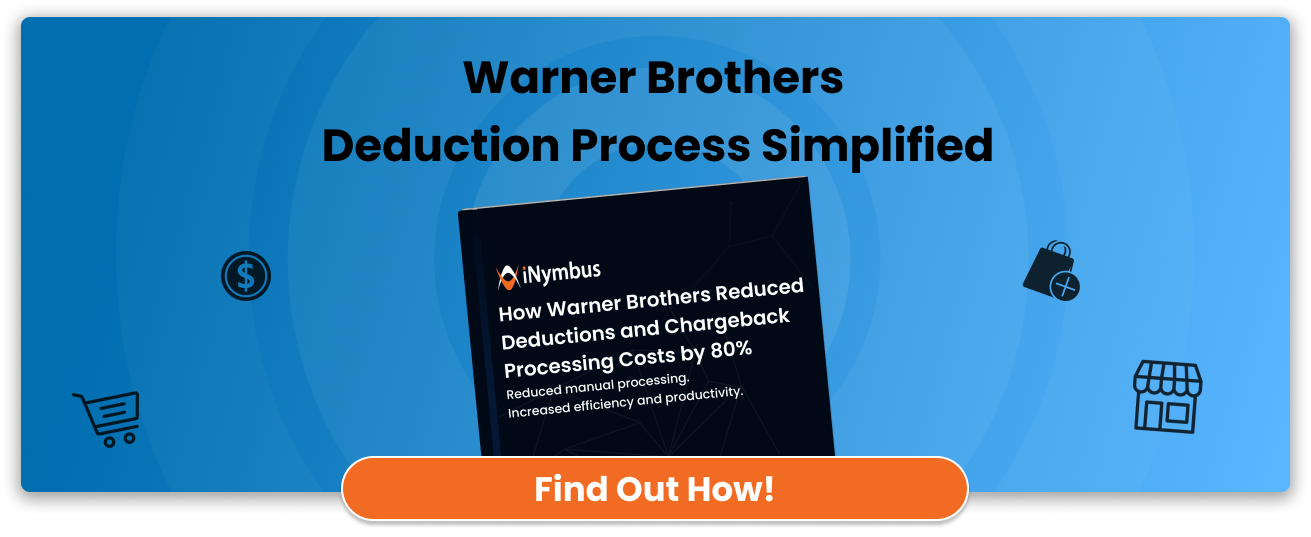
There’s no avoiding Amazon’s impact today. It spreads through retail like air itself.
For brands, Amazon is already the store, the shelf, the ad, the everything. But when it comes to trade and Co-Op programs? Finance and sales teams are still stuck handling deductions by hand, coming in from every direction. Disputes build up, paperwork goes missing, and profits quietly shrink.
The issue isn’t just that Amazon moves quickly. It also demands accuracy. Brands have to track every dollar, back up every claim, and clear every deduction. One mistake, and profits take a hit.
Sadly, most companies are still trying to keep up, relying on spreadsheets and old systems that can’t match the speed. This often leads to lost revenue.
Amazon’s Co-Op deduction system isn’t going anywhere. But it can be handled if brands learn how it works and how to stay ahead of it.
What is Amazon Co-Op?
Amazon Co-Op, also known as Contra CoGS (Cost of Goods Sold), is a program where vendors share the cost of marketing, promotions, and other activities with Amazon. It is not unique to Amazon since many retailers use similar models, but it often surprises vendors when deductions suddenly appear on their payments.
This is not a future challenge. It is happening right now. Vendors see it regularly in the form of automatic charges on their remittance statements.
So, is Amazon Co-Op just another fee? The answer, like most things with Amazon, is both yes and no.
For example, a marketing allowance or freight allowance may help fund promotions or offset logistics costs, which in theory benefits both Amazon and the vendor. But when deductions come without clear documentation or explanation, they feel less like an investment and more like lost revenue.
Common Types of Co-Op Programs
While terms vary by vendor agreement, these are the most common Co-Op deductions Amazon applies:
- Marketing Allowance → Deducted for ad placements or promotions, often without visibility into actual campaign ROI.
- Damage Allowance → A flat percentage held back for potential damage, regardless of whether any occurred.
- Freight Allowance → Covers logistics when Amazon manages freight, reducing supplier control over costs.
- Volume Rebates → Retroactive deductions once a sales threshold is hit, sometimes with little upfront clarity.
- Price Protection → Applied when prices drop after purchase, eroding margins on past sales.
Each may look small on paper, but combined across invoices, they can shrink margins significantly if not tracked closely.
How Co-Op Deductions Impact Vendor Revenue
The financial impact of Co-Op deductions is not just about percentages; it’s about operational strain:
- Cash flow disruption: Payments shrink unexpectedly, leaving finance teams scrambling to cover shortfalls.
- Margin erosion: A mix of marketing, freight, and rebates can quietly wipe out 5–10% of revenue.
- Forecasting inaccuracies: Gross sales look strong, but deductions make actual receipts far lower.
- Team bandwidth: AR staff spend hours chasing disputes instead of focusing on growth.
Even a 3–5% deduction across multiple invoices can quietly erase annual profit margins if left unchecked.
Why Manual Disputes Fail
On paper, disputing through Vendor Central looks simple: find the deduction, prepare a file, submit the claim, and track the case. In reality, every step is frustrating:
- Strict formats → Excel files must match Amazon’s exact template, or disputes are rejected.
- Tight deadlines → Miss the dispute window, and recovery is impossible.
- Repetition → Each deduction requires uploads and justifications, consuming hours daily.
- Follow-ups → Even after submission, constant monitoring is required to ensure cases don’t stall.
It’s no surprise many vendors give up, letting deductions pass as “the cost of doing business.”
3 Common Mistakes Vendors Make
- Accepting blanket agreements without questioning percentages or deduction categories.
- Ignoring small deductions, which accumulate into major annual losses.
- Relying only on spreadsheets for tracking, which are error-prone and difficult to scale.
Avoiding these mistakes requires more than discipline; it requires smarter systems.
Automating Amazon Co-Op Disputes with iNymbus
Manual methods simply can’t keep up with Amazon’s speed. Most vendors leave thousands unclaimed each year because they don’t have the time or bandwidth to dispute everything. That’s where iNymbus comes in.
Here’s how our Co-Op Dispute Automation changes the game:
- Instant detection of new deductions in Vendor Central.
- Accurate, formatted files generated automatically.
- End-to-end submission of disputes with correct reason codes and proof.
- Daily monitoring so no case slips through the cracks.
- Backfill recovery of up to one year of past deductions.
With iNymbus, suppliers recover more money, faster, without adding to their team’s workload.
FAQs
1) Are Co-Op deductions optional?
No. They are standard in vendor agreements, though percentages and terms can sometimes be negotiated.
2) How can I verify if a deduction is valid?
Cross-check Vendor Central entries with contracts and documentation. Organized records are key.
3) What should I do if I believe a deduction is incorrect?
File a dispute in Vendor Central with complete documentation. The stronger your proof, the higher your recovery chances.
4) Can I recover money from invalid deductions?
Yes, many vendors do, but it requires consistent audits and timely disputes.
5) How much do Co-Op deductions typically cost vendors?
Usually 2–10% of invoice value, which adds up to hundreds of thousands annually for high-volume suppliers.